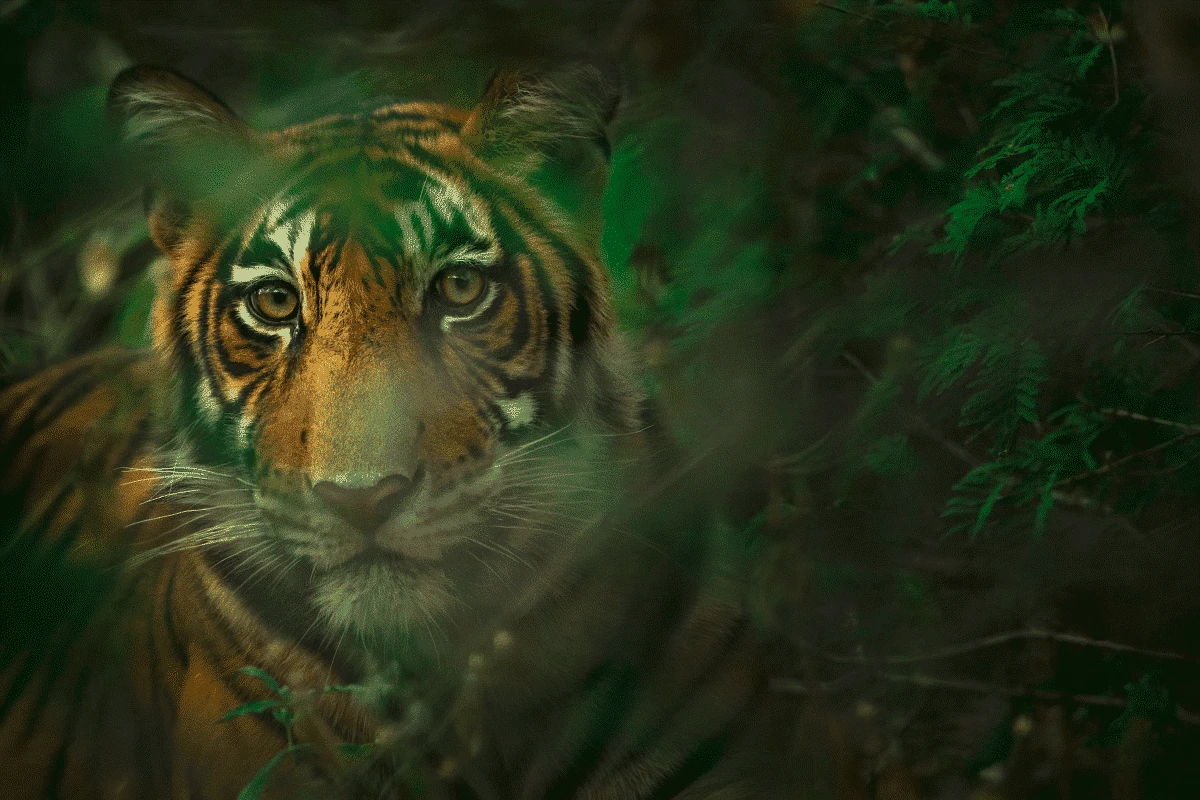What do you think of when you hear “Bengal Tiger”? Chances are, images of these grand predators stalking through tall grass or languidly lounging in their natural habitats come to mind.
What about the gentle giants that share their environment- the water buffalo? While both animals play essential roles in their ecosystems and human culture, how would they fare if faced with each other on a level playing field?
Today, we will look at an encounter between our beloved Bengal Tigers and Water Buffalo: comparing size, strength, diet, and behavior to determine who is better equipped for survival against the other. So let’s dive right into it – no pun intended!
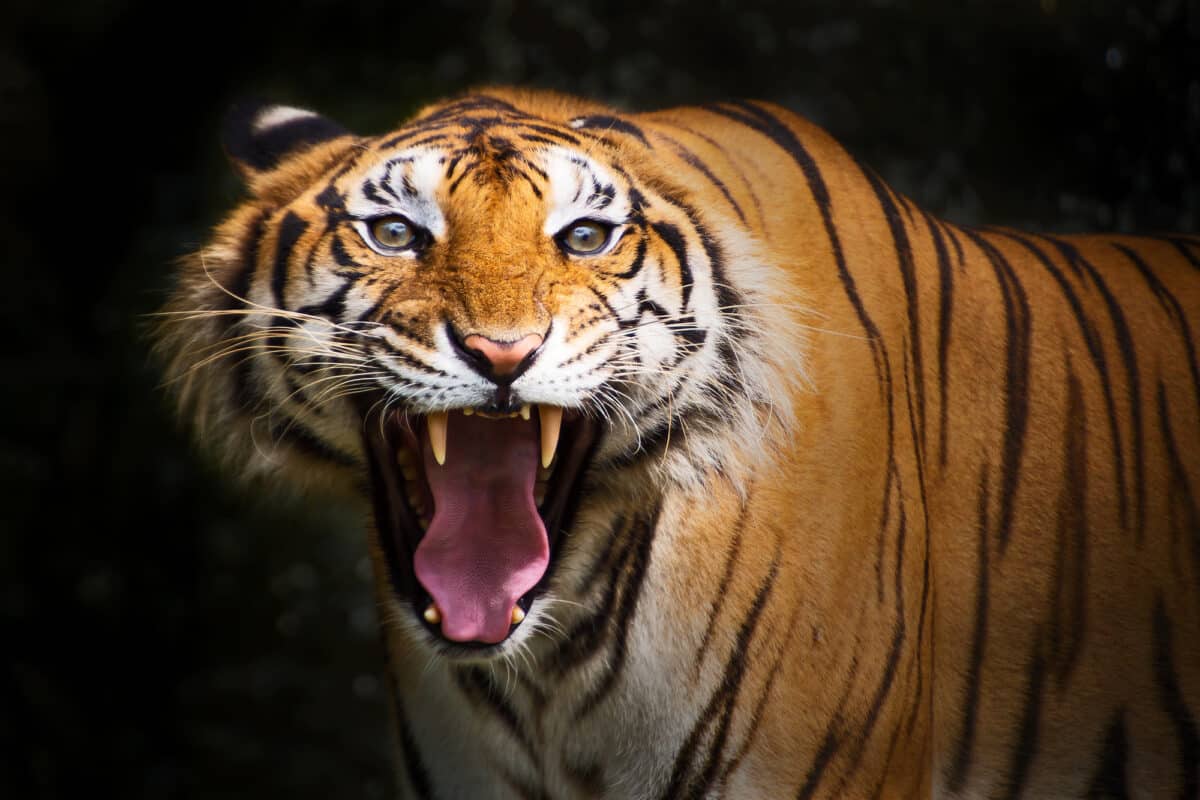
Jump ahead to any section below!
Introducing the Bengal Tiger and Water Buffalo – A Brief Overview

Bengal tigers and Water Buffalos are two captivating members of the animal kingdom that exist in the diverse wildlife of India.
Comparison Table
| Characteristics | Water Buffalos | Bengal Tigers |
| Weight | Up to 2,200 pounds | Up to 540 pounds |
| Size | Large | Largest among all tiger species |
| Fur Color | Black or gray | Orange fur coat with black stripes |
| Habitat | Rice fields of India | Bengal state of India |
| Use in Agriculture | Used for plowing fields during the planting season | Not applicable |
| Behavior | Gentle and docile | Cunning hunting skills |
| Cultural Significance | Integral part of Indian agriculture and cultural heritage | National animal of India |
| Endangered Status | Not endangered | Endangered |
| Population Distribution | Found grazing in India’s rice fields | Restricted to protected reserves across India |
Size Matters – Comparing the Size of Both Animals
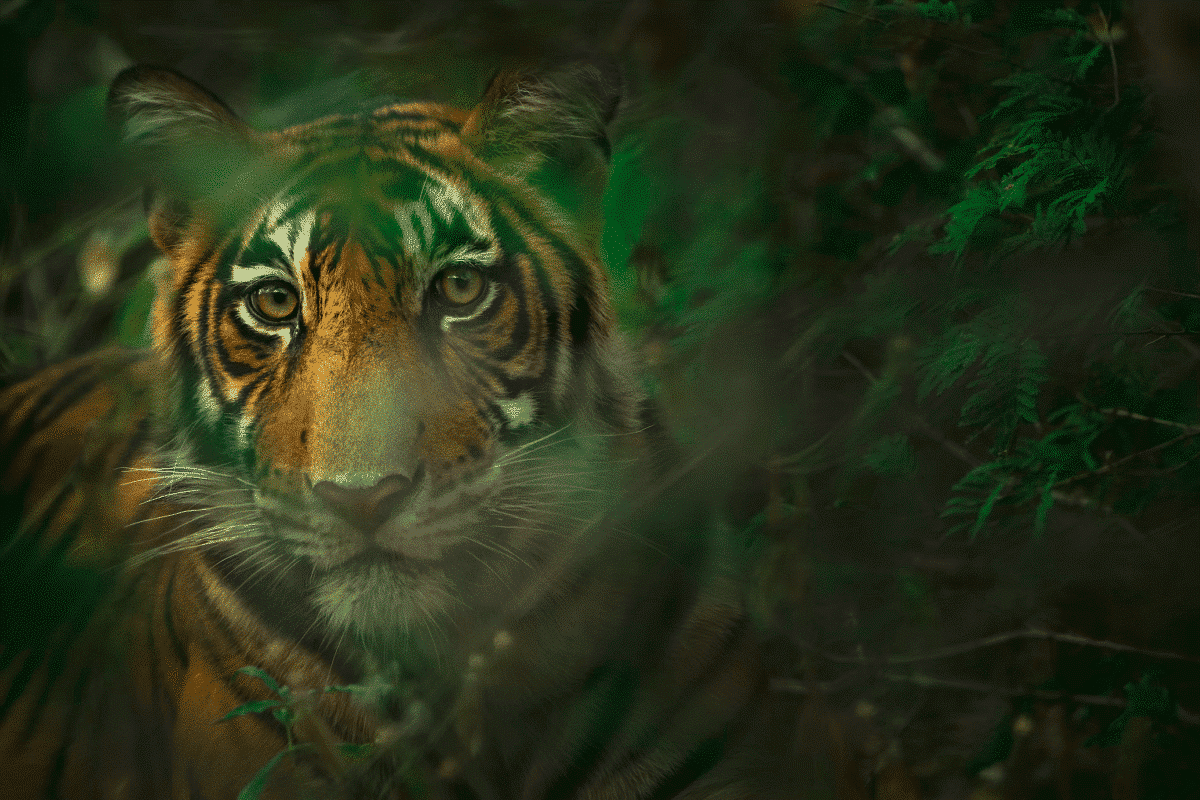
Bengal tigers and water buffaloes are two of the most iconic and formidable animals found in the wild. While they both come from the same habitat, there is a stark difference between the size of these species.
- Impressive Size and Majestic Presence of the Bengal Tiger
The Bengal tiger is one of Earth’s largest and most majestic cats. With males weighing around 500 pounds and females weighing about 300 pounds, Bengal tigers range from 8 to 10 feet.
Gain insights into the current population figures and conservation efforts to preserve this magnificent species.
- Mighty and Massive: The Size and Strength of Water Buffaloes
Conversely, water buffaloes are large bovines known for their size and strength. These animals weigh about 1,200 to 2,000 pounds on average and can grow up to 10 feet long. The giant water buffalo on record weighed in at a whopping 2,650 pounds.
For access to in-depth genetic research on water buffalo, please click here.
- Contrasting Advantages in Natural Habitats: Bengal Tigers and Water Buffaloes
Both Bengal tigers and water buffaloes are apex predators in their respective environments. However, their physical size differences give them distinct advantages and disadvantages in their natural habitats. While the Bengal tiger’s agility and speed help them take down their prey, water buffaloes’ sheer size, and strength often protect them from predators.
Check out: Irish Setter vs. Pomeranian.
Strength and Speed – Who Has the Upper Hand in a Fight?
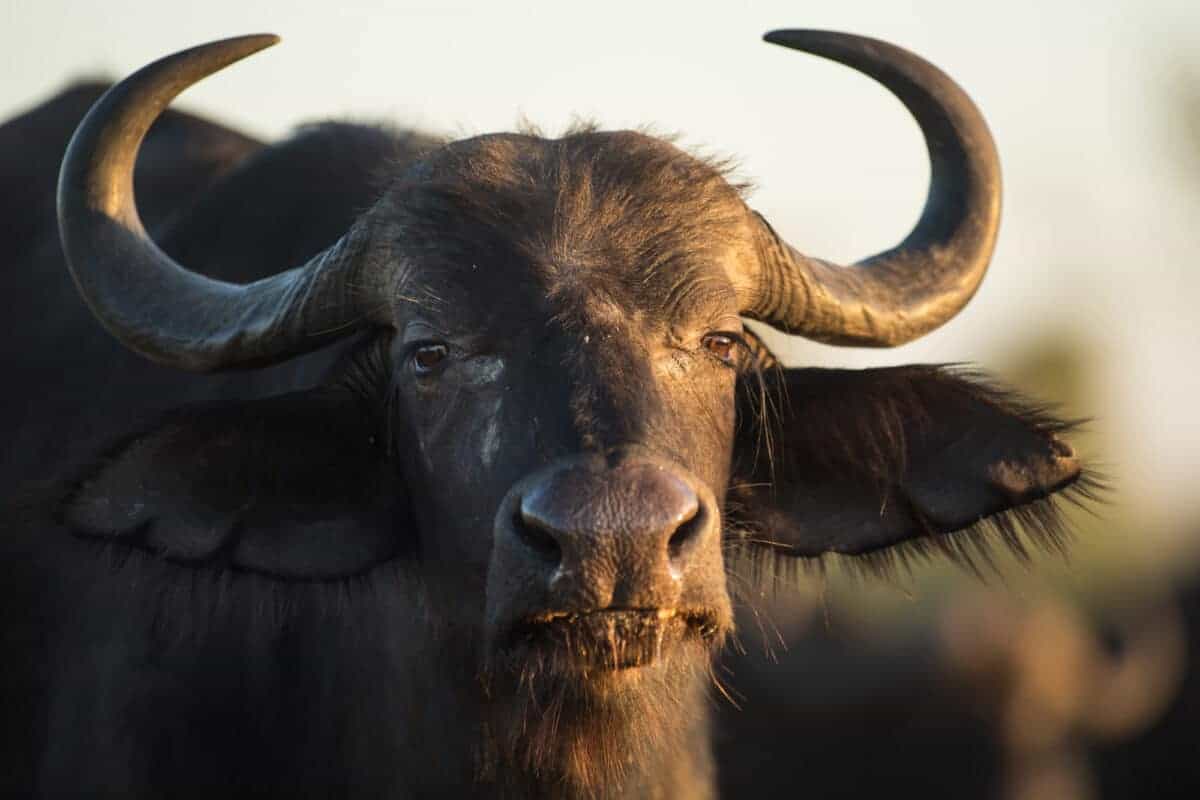
Many factors come into play regarding a fight between a Bengal Tiger and a Water Buffalo. Strength and speed are two of the most important ones. The Bengal Tiger and the Water Buffalo possess unique characteristics that make them robust and dangerous animals.
- Formidable Strength and Agility: The Power of the Bengal Tiger
The Bengal Tiger is known for its impressive strength and agility. It can weigh up to 550 pounds and run up to 60 kilometers per hour. Its sharp claws and powerful jaws, including the Water Buffalo, can quickly kill its prey. With its muscular build and hunting instincts, the Bengal Tiger is a force to be reckoned with in any fight.
- Massive Size and Horned Defense: The Resilience of the Water Buffalo
Conversely, a Water Buffalo is challenging prey too. With a weight reaching up to 2,200 pounds, it has a significant size advantage over the Bengal Tiger. Its large horns can be used to defend itself from predators. It can also run at speeds of up to 40 kilometers per hour.
Ultimately, the outcome of a fight between these two animals depends on various factors, including the environment and circumstances of their encounter.
The Feeding Habits and Environments of Bengal Tigers and Water Buffalos
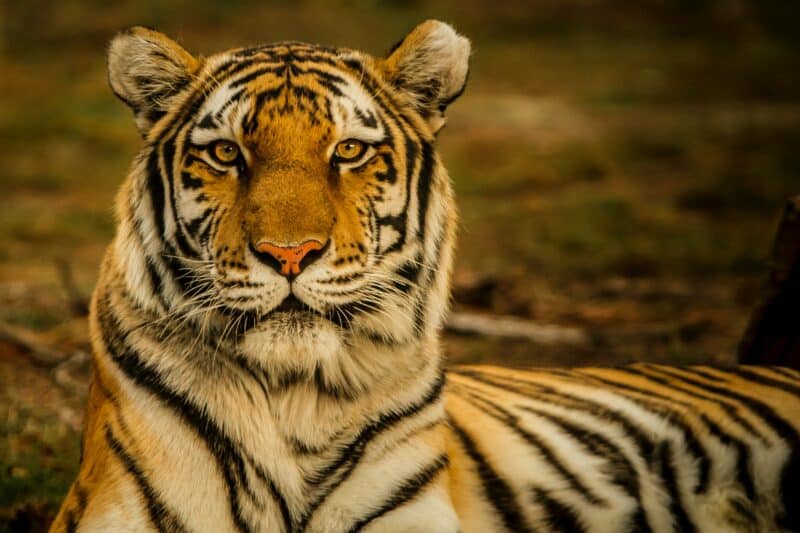
The Bengal, or the Indian tiger, is a carnivorous animal and a top predator in its ecosystem. Its diet mainly consists of deer, wild boar, and other large mammals, but it has been known to prey on smaller animals such as monkeys and birds. These tigers primarily hunt at night and are highly territorial.
On the other hand, the water buffalo is a herbivorous animal that feeds on vegetation such as grass, reeds, and aquatic plants. They can quickly consume large amounts of food and require a lot of water to survive.
Check out: Alaskan Malamute Vs. Bearded Collie.
How Do Bengal Tigers and Water Buffalo Interact With Each Other?
When tigers hunt water buffalo, they employ a stealthy approach, often stalking the prey for a considerable amount of time before launching a sudden attack. In contrast, when water buffalo feel threatened by tigers, they form a tight circle around their calves, facing the predator and using their massive horns to protect them.
Bengal Tiger vs. Water Buffalo – Who Wins In the End?
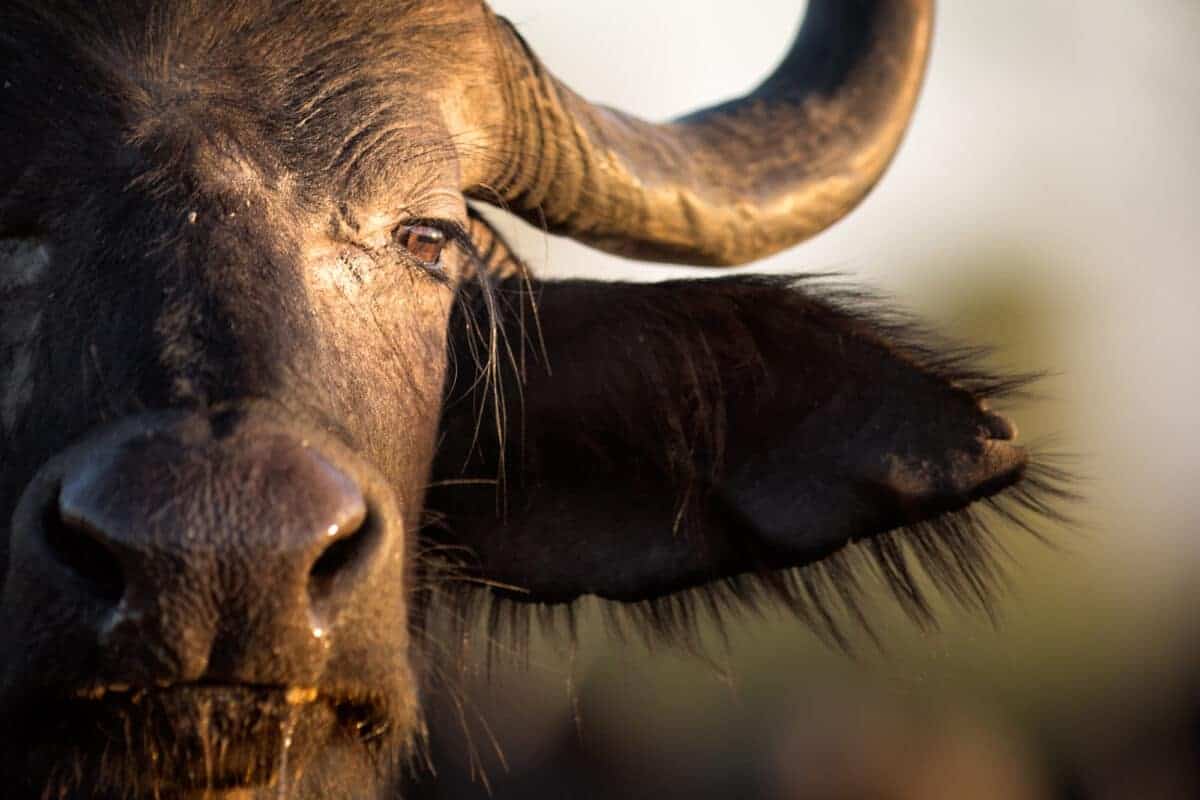
These animals are known for their strength, stamina, and aggressive nature. So, it’s natural for people to be curious about who would win in a fight between these two animals. In such a scenario, the Bengal tiger would likely emerge as the winner due to its agility, powerful jaws, and sharp claws. These attributes give the tiger an edge in attacking its prey.
However, a water buffalo is a massive animal whose strength lies in its size. If the buffalo manages to strike the tiger with its horns, it could severely injure the tiger, making it difficult for the tiger to recover. However, it’s rare for these two animals to fight in the wild as their habitat and food choices differ vastly.
FAQs
Bengal Tigers prey on Water Buffalos, mainly targeting vulnerable individuals such as calves or injured buffalos. However, hunting a fully grown and healthy Water Buffalo is a formidable challenge for a tiger.
Water Buffalos have several defense mechanisms against Bengal Tigers, including their large size and formidable horns. They often use their horns, strength, and agility to fend off tiger attacks and protect themselves and their herd.
Bengal Tigers usually target weaker or injured Water Buffalos, as fully grown and healthy buffalos can pose a significant challenge to the tiger due to their size and defensive capabilities.
Key Points
| Bengal tigers are the national animal of India and are commonly found in the Bengal state. These majestic creatures are the largest among all the tiger species on the planet, weighing up to 540 pounds and stretching up to ten feet. |
| Water buffalos are large domesticated creatures that weigh up to 2,200 pounds and can be found grazing in the rice fields of India. Their black or gray skin and curved horns give them a rugged look. |
| Bengal tigers are apex predators that can weigh up to 600 pounds and have a reputation for being incredibly fierce. One of their most common prey is the water buffalo, a giant herbivore weighing up to 2000 pounds. |
| When tigers hunt water buffalo, they employ a stealthy approach, often stalking the prey for a considerable amount of time before launching a sudden attack. In contrast, when water buffalo feel threatened by tigers, they form a tight circle around their calves, facing the predator and using their massive horns to protect them. |
| Water Buffalo is challenging prey too. With a weight reaching up to 2,200 pounds, it has a significant size advantage over the Bengal Tiger. Its large horns can be used to defend itself from predators. It can also run at speeds of up to 40 kilometers per hour. |
Wrapping Up
The Bengal tiger and water buffalo may come from different regions, be of different sizes, and have intrinsically different strengths; however, in the end, they can both still have respect for one another.
Thus, when we study and educate ourselves about the two animals, we shouldn’t only consider their beauty and power and explore their interaction. This will help us discover more about nature’s inventive balance.
It opens our eyes to a humanity where quarreling is not usually necessary. So if you were to decide now who the winner is between a Bengal Tiger and Water Buffalo in a fight, remember that both animal species are valuable creatures in nature, so let’s respect them both!
Thanks for reading along, see below for related article links!
Next up:
- Bengal Tiger Vs. Western Diamondback Rattlesnake
- Bernese Mountain Dog
- The Greenland Shark
- The Largest School of Spinner Dolphins
- Whale Sharks
- Tiger Shark Encounters
- The Great White Shark: Apex Predator of the Ocean
- Watch: Never Approach A Bison in Yellowstone National Park - April 26, 2024
- Watch: Lizard Greets Man like a Dog! - April 25, 2024
- Watch Innocent Baby Bird Walks up to Leopard – Wild Ending! - April 25, 2024

